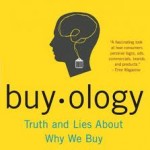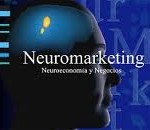The brain utilizes only two percent of its energy on conscious activity while the rest is left to unconscious processing.
Hence, neuromarketers have accepted that traditional market research methods, like consumer surveys and focus groups are essentially incorrect because the participators cannot connect insensible ideas that would arouse their appetites for products.
Successful advertisements need to reach the subconscious level of the brain, where consumers develop initial interest in products, inclinations to buy them and brand loyalty, according to A.K. Pradeep, the founder and chief executive of NeuroFocus, a neuromarketing firm based in Berkeley, California.
“By measuring brain waves, we are able to measure attention, emotion and memory,” says Dr. Pradeep.
Brain waves that correlate with heightened attention become more active, according to researchers who have used electroencephalographs (EEGs), to study the brain’ electrical frequencies. Brain waves that signal less focused attention meanwhile, tend to subside.
Neuromarketers, an initial group of researchers who use techniques from neuroscience to analyze people’s responses to products and promotions.
“There has always been a holy grail for advertising” to reach consumers subconsciously.
Neuromarketing is simply the latest, according to Joseph Turow, a professor of communication at the Annenberg School for Communication at the University of Pennsylvania.
Research firms and major corporations, are frustrated for any new technique to help them break through all the marketing confusion, according to Turow.
Some consumer advocates call neuromarketing ‘brandwashing’, a mixture of branding and brainwashing and should be regulated, says Jeff Chester, executive director of the Center for Digital Democracy in Washington, which works to safeguard digital privacy.
Technique proponents, however, say that neuromarketing is simply a more accurate barometer of consumer response.


